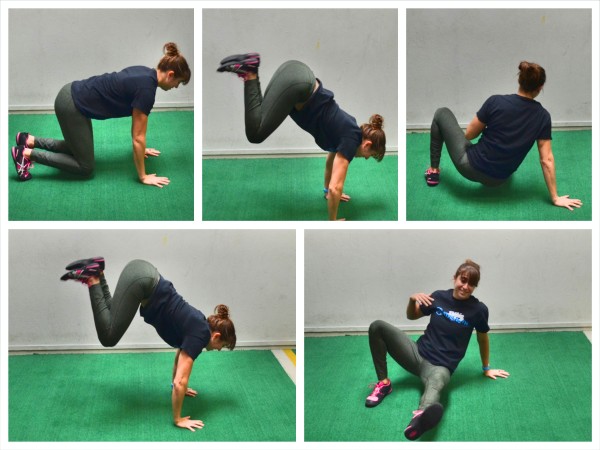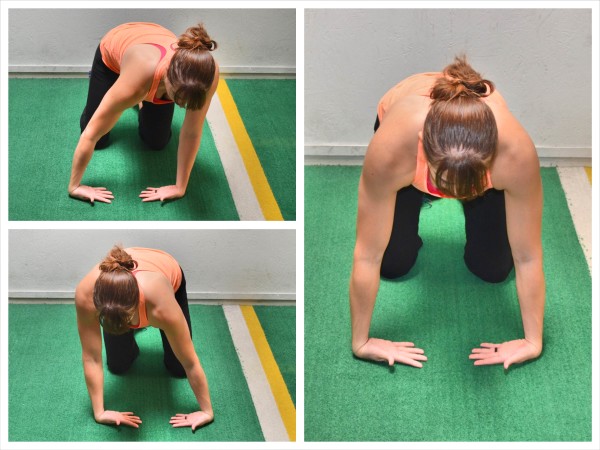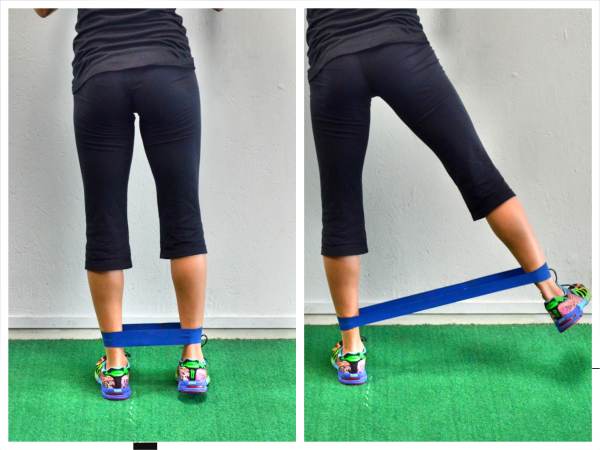


The Bodyweight Cardio Parfait
This content is for members only
The 1 Minute Interval Cardio Workout
This content is for members only
The 10-Minute Feel Better Desk Workout
This content is for members only
